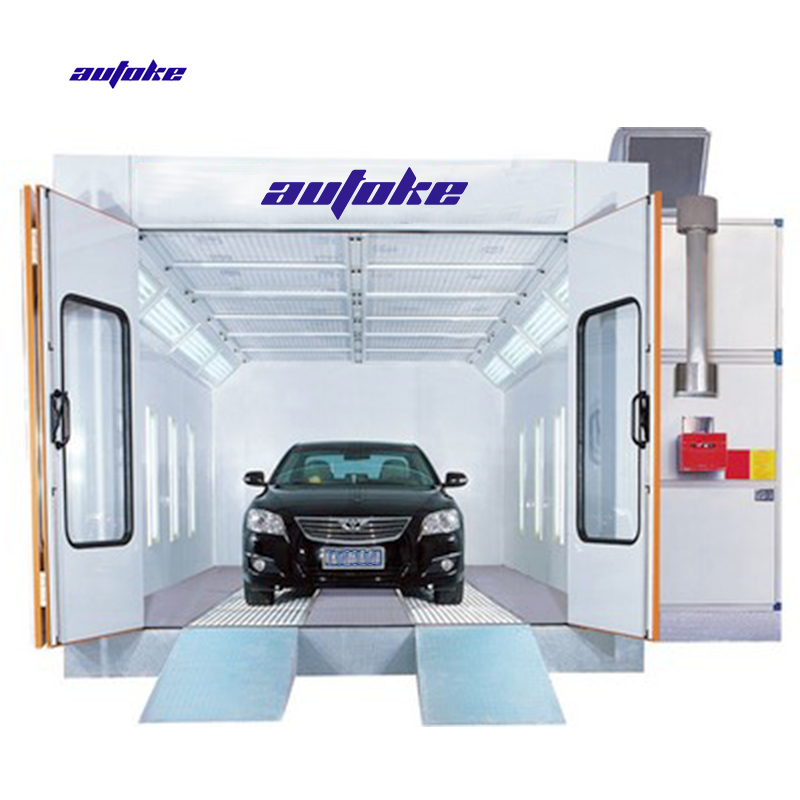When it comes to constructing or renovating a building, the choice of materials for internal walls is a critical decision that can significantly impact the overall functionality, aesthetics, and sustainability of the space. Understanding the various materials available, their properties, and their applications is essential for architects, builders, and homeowners alike. In this article, we will delve into the most commonly used materials for internal walls, exploring their advantages and disadvantages, as well as their suitability for different environments.
- Gypsum Board (Drywall)
Overview: Gypsum board, commonly known as drywall, is one of the most popular materials for internal walls in residential and commercial buildings. Composed of a core of gypsum plaster sandwiched between two sheets of heavy paper, it is lightweight, easy to install, and cost-effective.
Advantages:
- Fire Resistance: Gypsum has inherent fire-resistant properties, making it a safe choice for internal walls.
- Sound Insulation: When installed with proper techniques, drywall can provide effective sound insulation, enhancing privacy in multi-family dwellings.
- Ease of Finishing: Gypsum board can be easily painted or finished, allowing for versatile design options.
Disadvantages:
- Moisture Sensitivity: Standard drywall is not suitable for high-moisture areas like bathrooms or kitchens unless treated or replaced with moisture-resistant variants.
- Structural Limitations: While it is suitable for non-load-bearing walls, it cannot support heavy fixtures without additional reinforcement.
- Concrete Block
Overview: Concrete blocks, or concrete masonry units (CMUs), are solid, durable materials often used for internal walls in commercial and industrial settings. They are made from cement, water, and aggregates, forming a robust structure.
Advantages:
- Durability: Concrete blocks are highly resistant to wear and tear, making them ideal for high-traffic areas.
- Thermal Mass: They provide excellent thermal insulation, helping to regulate indoor temperatures and reduce energy costs.
- Fire Resistance: Like gypsum, concrete blocks are non-combustible, offering significant fire safety.
Disadvantages:
- Weight: The heaviness of concrete blocks can complicate installation and may require additional structural support.
- Aesthetic Limitations: While they can be painted or finished, concrete blocks may not provide the desired aesthetic appeal without additional treatment.
- Wood Paneling
Overview: Wood paneling has long been a favored choice for internal walls, offering warmth and a natural aesthetic. It can be made from various types of wood, including plywood, MDF (medium-density fiberboard), and solid wood.
Advantages:
- Aesthetic Appeal: Wood paneling adds character and warmth to a space, making it a popular choice for residential interiors.
- Insulation Properties: Wood is a natural insulator, helping to maintain comfortable indoor temperatures.
- Versatility: Available in various styles, finishes, and colors, wood paneling can suit a wide range of design preferences.
Disadvantages:
- Maintenance: Wood requires regular maintenance to prevent issues like warping, cracking, and pest infestations.
- Cost: High-quality wood paneling can be expensive compared to other materials.
- Steel Studs and Metal Panels
Overview: Steel studs and metal panels are increasingly used in commercial construction for internal walls. Steel studs provide a strong framework, while metal panels can serve as the wall surface.
Advantages:
- Strength and Durability: Steel is incredibly strong and resistant to warping, making it ideal for high-rise buildings and commercial spaces.
- Fire Resistance: Metal does not burn, providing an added layer of fire safety.
- Sustainability: Steel is recyclable, making it an environmentally friendly option.
Disadvantages:
- Cost: The initial investment for steel framing can be higher than traditional wood framing.
- Thermal Conductivity: Steel can conduct heat and cold, potentially leading to energy inefficiencies if not properly insulated.
- Glass Panels
Overview: Glass panels are becoming a popular choice for internal walls, especially in modern office spaces and residential designs that prioritize natural light and open spaces.
Advantages:
- Aesthetic Appeal: Glass walls create a sense of openness and can enhance the aesthetic appeal of a space.
- Natural Light: They allow natural light to flow through, reducing the need for artificial lighting during the day.
- Sound Control: When treated with acoustic glass, they can provide sound insulation while maintaining transparency.
Disadvantages:
- Privacy Concerns: Glass walls can compromise privacy unless frosted or treated.
- Cost and Installation: They can be more expensive and require specialized installation techniques.
Conclusion
Choosing the right material for internal walls is a multifaceted decision that hinges on various factors, including functionality, aesthetics, budget, and environmental considerations. Each material has its unique set of advantages and disadvantages, making it essential to evaluate the specific needs of your project. By understanding the properties of gypsum board, concrete blocks, wood paneling, steel studs, and glass panels, you can make an informed choice that enhances the overall quality and sustainability of your building. As the construction industry continues to evolve, staying abreast of material innovations will empower you to create spaces that are not only beautiful but also functional and resilient.
